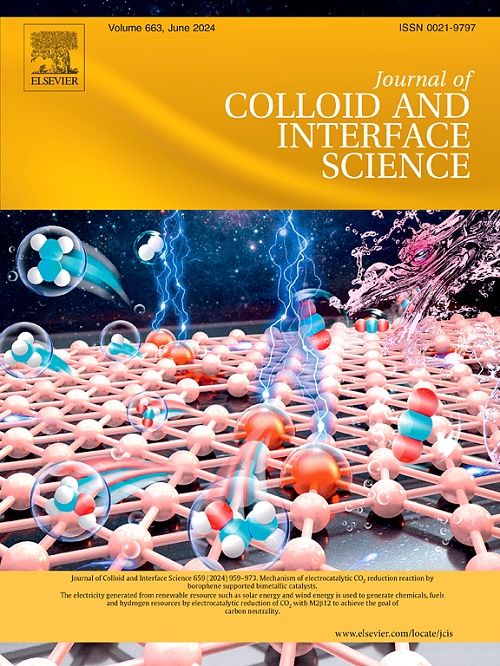Multifunctional role of gallium-doping in O3-type layered-oxide cathodes for sodium-ion batteries: Enhancing bulk-to-surface stability
IF 9.4
1区 化学
Q1 CHEMISTRY, PHYSICAL
引用次数: 0
Abstract
Charging O3-type layered-oxide cathodes to a high cutoff voltage of 4.3 V (vs. Na+/Na) can enhance the energy density of sodium-ion batteries (SIBs). However, the irreversible oxygen redox reaction at high voltages often leads accelerated capacity degradation. Herein, a series of Ga3+-doped O3-type Na0.9Zn0.07Ni0.38–0.5xGaxMn0.45–0.5xTi0.1O2 cathode materials are prepared, and the impact of Ga3+ doping on their bulk/interface properties and electrochemical performance is systematically examined. Ga3+ incorporation enhances the structural ordering of the layered framework and widens Na+ transport pathways, thereby reducing Na+ transport barrier. The Ga3+-doped material demonstrates superior structural reversibility and mechanical stability compared to the pristine counterpart during cycling. As evidenced by the density functional theory calculations, Ga3+ doping modulates the O 2p state near the Fermi level, mitigating the charge compensation mechanism of lattice oxygen, oxygen vacancy formation, and electrolyte decomposition at high voltages. Consequently, within the voltage range of 2.2–4.3 V, Na0.9Zn0.07Ni0.35Ga0.06Mn0.42Ti0.1O2 exhibits a higher capacity retention after 100 cycles at 100 mA g−1 (86.4 % vs. 68.1 %) and better rate capability at 2000 mA g−1 (94.1 mAh g−1 vs. 80.0 mAh g−1) than Na0.9Zn0.07Ni0.38Mn0.45Ti0.1O2. This work provides valuable insights into the role of Ga3+ in high-voltage O3-type layered oxides and offers guidance for the design of high-entropy cathode materials for SIBs.

求助全文
约1分钟内获得全文
求助全文
来源期刊
CiteScore
16.10
自引率
7.10%
发文量
2568
审稿时长
2 months
期刊介绍:
The Journal of Colloid and Interface Science publishes original research findings on the fundamental principles of colloid and interface science, as well as innovative applications in various fields. The criteria for publication include impact, quality, novelty, and originality.
Emphasis:
The journal emphasizes fundamental scientific innovation within the following categories:
A.Colloidal Materials and Nanomaterials
B.Soft Colloidal and Self-Assembly Systems
C.Adsorption, Catalysis, and Electrochemistry
D.Interfacial Processes, Capillarity, and Wetting
E.Biomaterials and Nanomedicine
F.Energy Conversion and Storage, and Environmental Technologies

 求助内容:
求助内容: 应助结果提醒方式:
应助结果提醒方式:


